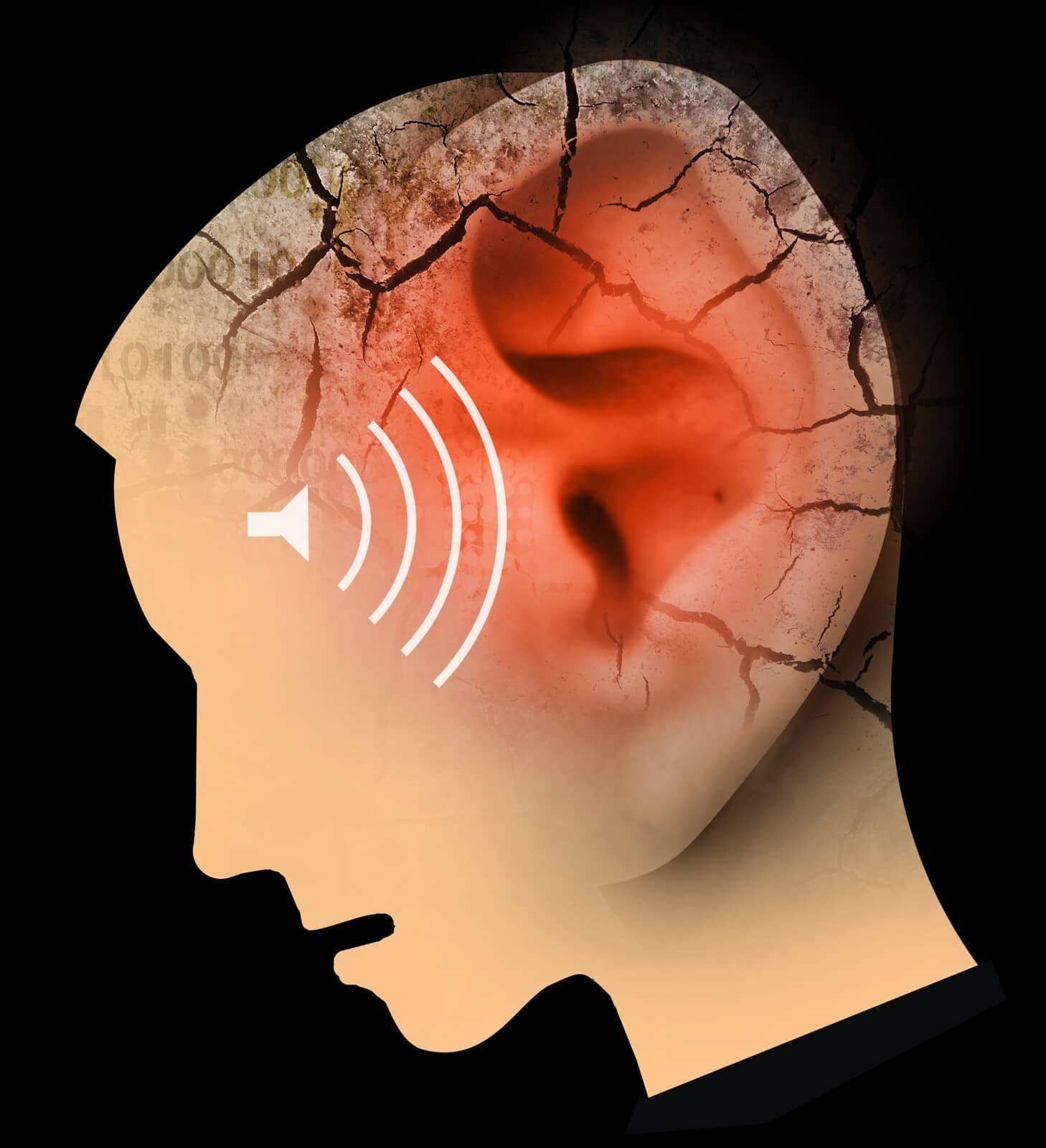Tinnitus Relief: The Tapping Technique

Tinnitus, a condition that affects the ears, is characterized by perceiving noise or ringing when no sound is present. It can be a persistent and frustrating issue, but there are ways to address it. One technique that has gained attention and positive feedback is tapping, which involves tapping the occiput, a ridge located at the back part of the skull, with the index and middle finger of one hand. The tapping aims to reset the nerve that connects the inner ear to the part of the brain that interprets sound, providing relief to individuals experiencing tinnitus.
Understanding Tinnitus
Tinnitus is a complex condition that has different causes and manifestations. It can be a symptom of hearing loss, exposure to loud noises, or underlying medical conditions such as high blood pressure or earwax blockage. Tinnitus can also be a side effect of certain medications or a result of aging. The severity of tinnitus varies among individuals, with some experiencing a low humming while others hearing a constant and loud ringing. It can cause sleep disturbances and negatively impact one’s quality of life.
The Tapping Technique
The tapping technique is a simple yet potentially beneficial method for individuals experiencing tinnitus. It involves tapping the occiput, which is thought to activate the vagus nerve, a nerve that plays a significant role in our nervous system. By tapping the occiput with the index and middle finger of one hand, the nervous system can receive signals that help reset the nerve connecting the inner ear to the brain. This technique, however, does not work for everyone, and it is important to approach it with realistic expectations.
Prior to attempting the tapping technique, individuals are encouraged to rank the intensity of the ringing or noise in their ears on a scale of 0 to 10. After tapping, the intensity should be ranked again to determine if there was an improvement. Persistence is key, as some individuals may require multiple cycles of tapping to notice any changes. One success story noted that only after eight cycles did they begin to experience a reduction in the intensity of their tinnitus.
Beyond Tapping
If an individual does not experience any relief from tinnitus after attempting the tapping technique for a sustained period, it is important to consult with a healthcare professional. Tinnitus can be related to underlying medical conditions that require attention and treatment. For individuals with insulin resistance, taking benfotamine (a fat-soluble version of vitamin B1) may help provide relief. However, it is crucial to speak with a healthcare professional before taking any supplements as they may interact with medication or have adverse effects.
Conclusion
Tinnitus can be a persistent and distressing condition, but there are techniques that can help alleviate the symptoms. The tapping technique, although not a guaranteed solution, has shown promise in improving tinnitus for some individuals. It is important to approach it with realistic expectations and seek professional medical advice if required. Tinnitus should not be ignored, and individuals experiencing it should seek support and resources to help manage and cope with the condition.

